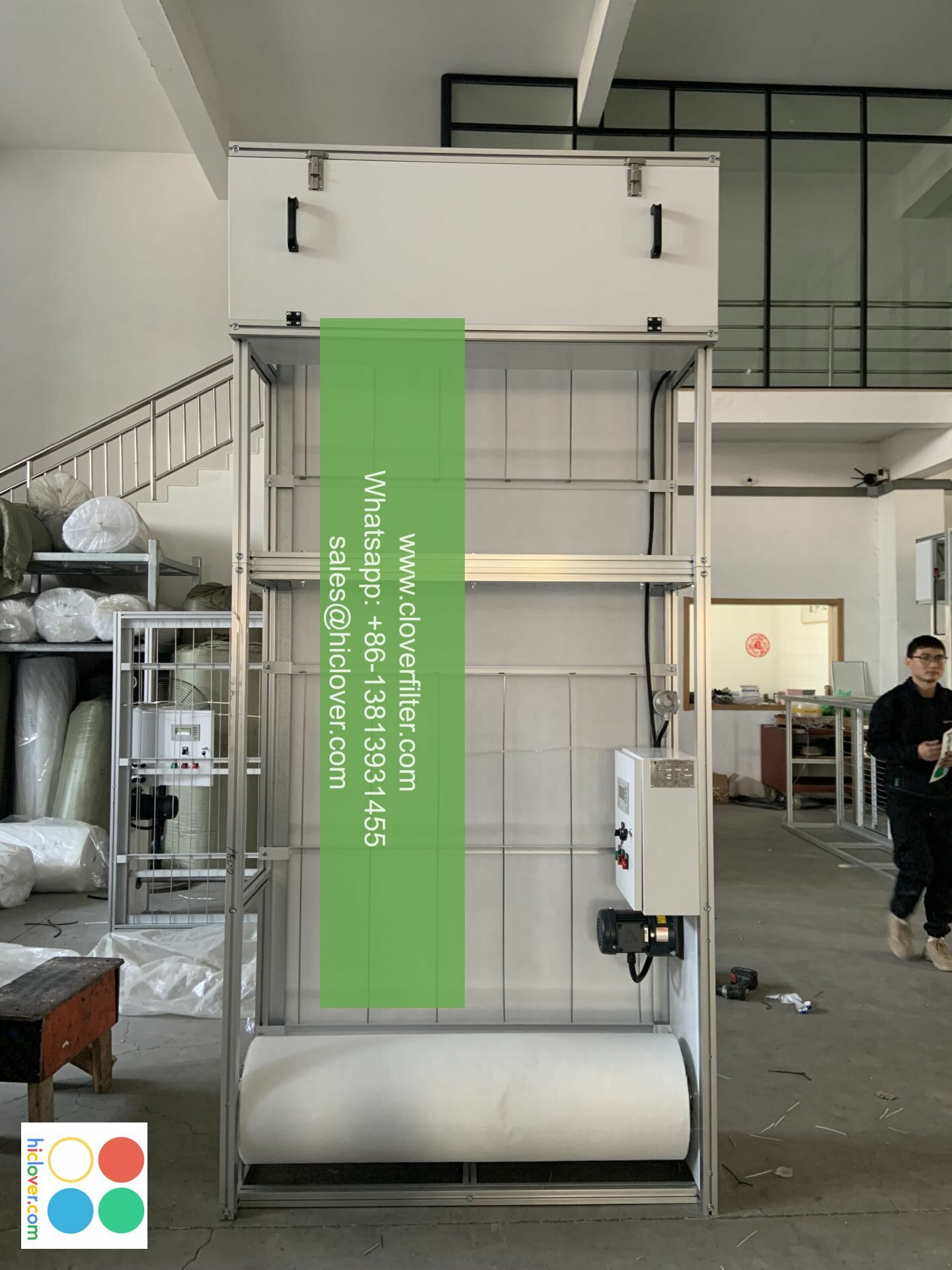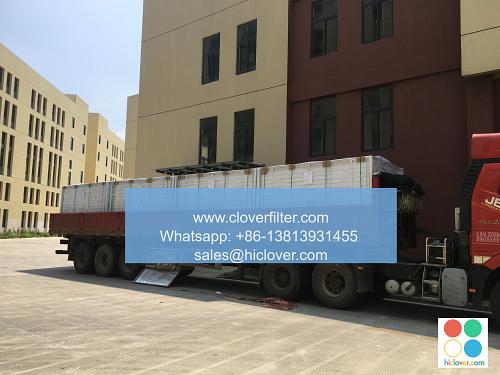Air Filter Cost Savings: Comparing Different Filters and Systems

Air filtration systems are a crucial aspect of maintaining good indoor air quality, and with the rising awareness of air pollution and its effects on human health, the demand for effective air purification systems has increased significantly. However, the cost of these systems can be a significant factor in deciding which one to choose. In this article, we will explore the cost savings of different air filter types and systems, and highlight their various application areas.
Types of Air Filters
There are several types of air filters available, each with its own unique characteristics, advantages, and disadvantages. Some of the most common types of air filters include:
HEPA filters, activated carbon filters, ionic filters, and UV filters. Each of these filter types has a different cost structure and efficiency level, making them suitable for different application areas.
HEPA Filters
HEPA filters are considered to be one of the most effective air filter types available, with an efficiency rate of 99.97% in capturing particulate matter as small as 0.3 microns. However, they can be more expensive than other filter types, with a cost range of $10 to $50 per filter. Despite their higher initial cost, HEPA filters can provide significant long-term cost savings by reducing the need for frequent filter replacements and maintenance.
Activated Carbon Filters
Activated carbon filters are designed to capture gases and odors from the air, making them ideal for application areas such as kitchens and bathrooms. They are generally less expensive than HEPA filters, with a cost range of $5 to $20 per filter. However, they may need to be replaced more frequently, which can increase their overall cost over time.
Air Filtration Systems
In addition to standalone air filters, there are also air filtration systems that can provide a more comprehensive solution for indoor air quality. These systems can include multiple filter stages, as well as additional features such as air purification and humidity control. Some common types of air filtration systems include:
Portable air purifiers, whole-house air filtration systems, and HVAC air filtration systems.
Portable Air Purifiers
Portable air purifiers are designed to be compact and energy-efficient, making them ideal for small spaces such as bedrooms and offices. They can be an affordable option, with a cost range of $50 to $200 per unit. However, they may not be as effective as larger air filtration systems, and may require more frequent filter replacements.
Whole-House Air Filtration Systems
Whole-house air filtration systems are designed to provide comprehensive air filtration for an entire home or building. They can be more expensive to install, with a cost range of $500 to $2,000 per system. However, they can provide significant long-term cost savings by reducing the need for frequent filter replacements and maintenance, as well as improving indoor air quality and reducing energy costs.
Application Areas
Air filtration systems can be applied in a variety of settings, including:
Residential homes, commercial buildings, industrial facilities, and healthcare facilities. Each of these application areas has its own unique air quality challenges and requirements, and selecting the right air filtration system can help to address these challenges and provide significant cost savings.
Residential Homes
In residential homes, air filtration systems can help to improve indoor air quality and reduce allergy symptoms. They can also help to reduce energy costs by improving heating and cooling efficiency.
Commercial Buildings
In commercial buildings, air filtration systems can help to improve indoor air quality and increase productivity. They can also help to reduce energy costs and extend the life of HVAC equipment.
Conclusion
In conclusion, air filter cost savings can be achieved by selecting the right air filter type and system for a specific application area. By considering factors such as efficiency, cost, and maintenance requirements, individuals and organizations can make informed decisions about their air filtration needs and choose a system that provides significant long-term cost savings and improves indoor air quality. You haven’t asked a question or provided any context. Can you please provide more information about what you would like to discuss or ask, so I can give you a helpful and accurate response?

